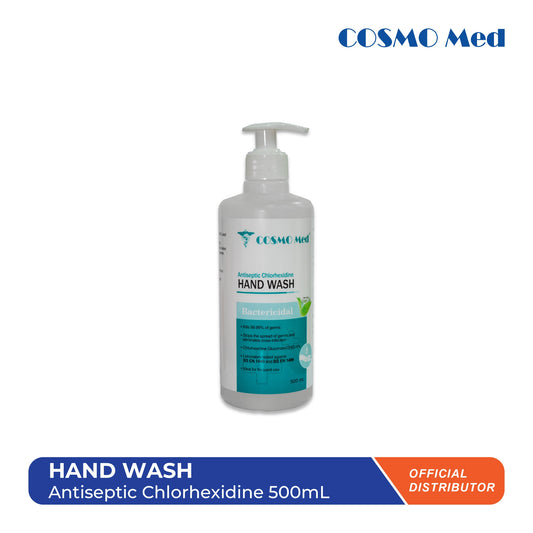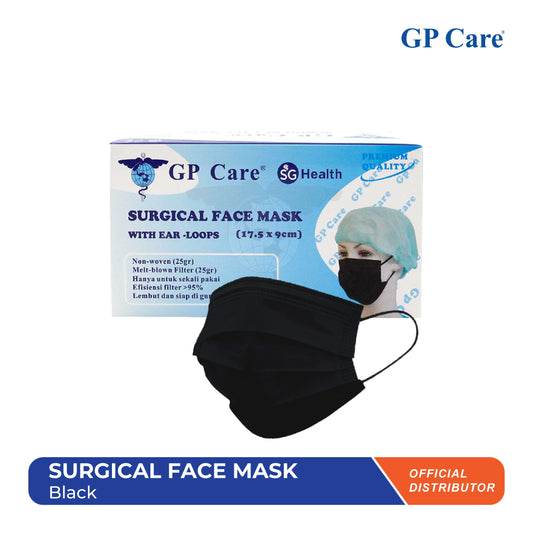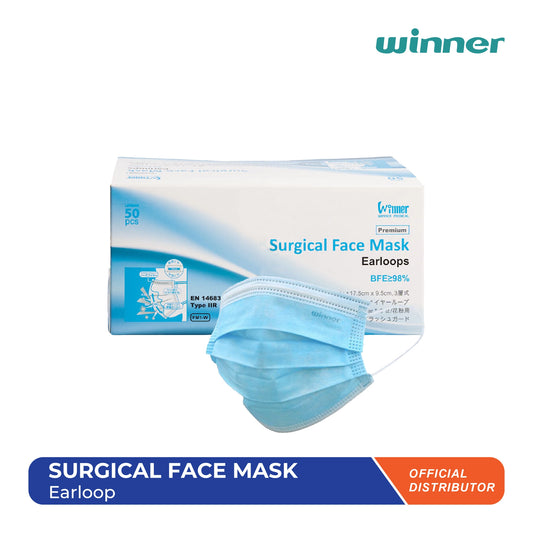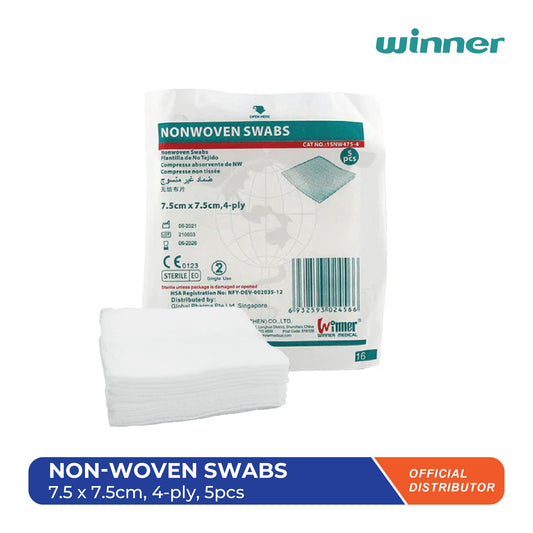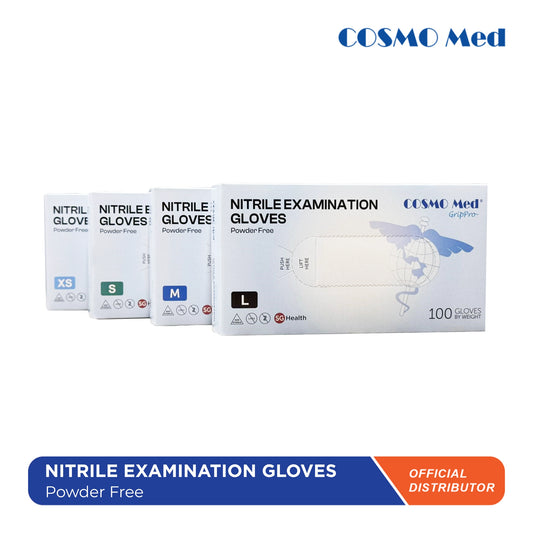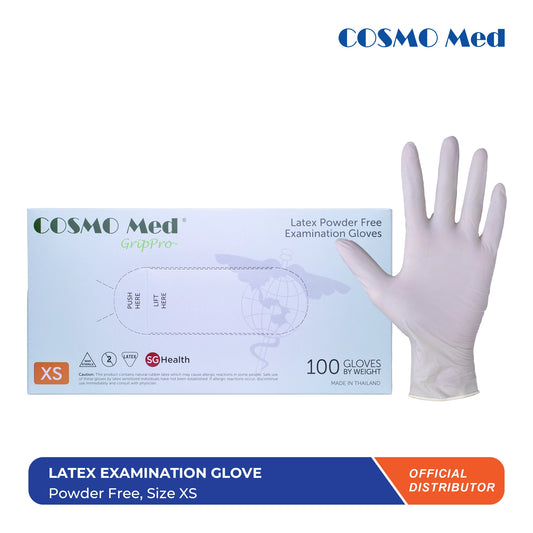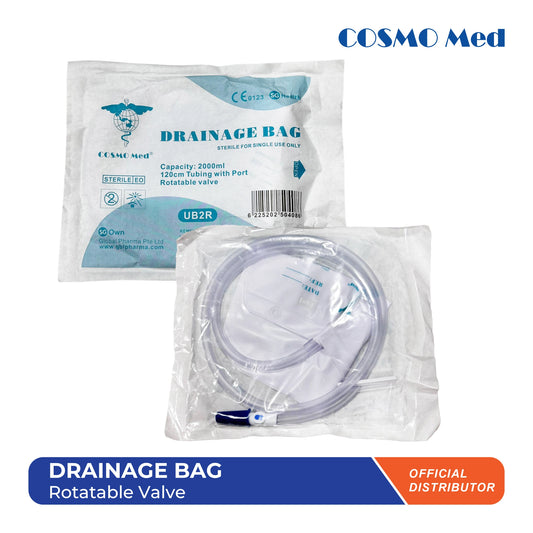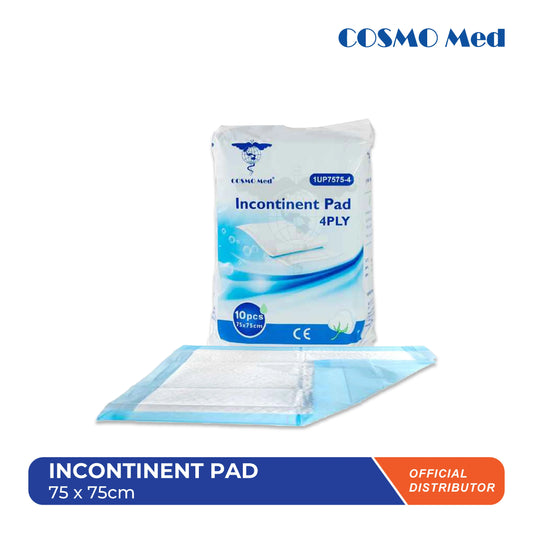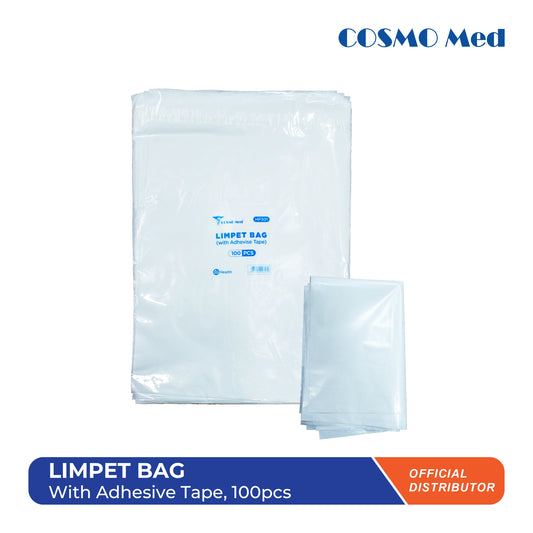A syringe is a common medical tool for injecting or withdrawing liquids. Physicians use syringes to inject drugs , vaccines, into the body or to withdraw blood and other fluids.
A basic syringe has a sharp pointed hollow needle, a clear barrel with volume graduations, and a plunger that pushes or pulls back the liquid. When withdrawn, the plunger sucks in liquid; pushing the plunger forces the liquid out of the needle. Outside of healthcare, syringes appear in labs and even in the kitchen (for filling donuts), but they're all rooted in the same simple principle of a needle, barrel, and plunger.
Syringe Tip Designs

Tips of syringes vary in design depending on the intended use. The common tip designs are Luer Slip, Luer Lock, Toomey, Catheter, and Eccentric tips.
A Luer Slip tip is simply a tapered cone with a smooth outer surface on which a needle hub can slide by friction. A Luer Lock tip, however, has external threads so a compatible needle hub can be screwed on tightly to make a good, leak-proof connection. A Toomey tip has one of the widest openings and is intended for use in multiple-purpose flushing and irrigation.
Catheter tips come to a long taper to take tubing (in feeding tubes or wound drainage), and Eccentric tips have the outlet off-center so that the needle can flow parallel with the skin for injections in the surface.
In practice, such tip variations permit syringes to be specialized for specific uses: e.g., wide Toomey tips irrigate wounds, catheter tips are employed to join tubes, and eccentric tips are employed to aspirate blood from surface veins.
Interestingly, Luer Slip and Luer Lock also describe two standard syringe styles. A Luer Slip syringe has a smooth tip without a collar , you simply "slip" or push the needle hub on the syringe, relying on friction to hold it in place. A Luer Lock syringe has a threaded collar so you twist the needle in, locking it tight.
The locking system essentially precludes the possibility of the needle loosening during injection. In short, Luer Slip syringes are quick and easy to couple, whereas Luer Lock syringes use screw-in attachment for greater security.
Syringe Sizes and Uses
Syringes are also classified according to volume, and their sizes range from approximately 0.3 milliliters (mL) to 60 mL or larger. Healthcare professionals choose the size of the syringe based on how much fluid they need to handle.
Very small syringes are used for precise dosing of highly potent medications, and larger syringes are used when more volume is required. The following are typical syringe volumes and common uses:
0.3–1 mL
Small-volume syringes (sometimes referred to as insulin syringes). These give very small dosing for pediatric or diabetic insulin injections.
2–3 mL
The workhorse size for most routine injections (vaccines, antibiotics, etc.) in adults and pediatric patients.
5 mL
For intramuscular (IM) injections or other injections that need more volume than 3 mL.
10 mL
Hospital standard for large-volume medication doses or blood draws. Clear barrel is handy for accurately reading the volume to avoid dosing errors.
20 mL
Used when flushing tubing, wounds, or when larger medication doses are given, e.g., anesthesia or critical care.
30 mL
Handy for very large-volume injections or for mixing medications (e.g., certain surgical or irrigation uses).
50–60 mL
"Heavy-duty" large-volume requirement syringes. They are occasionally used with IV equipment or to irrigate wounds as they can hold and dispense large amounts of fluid.
Other Syringe Types

Aside from general syringe size and tips, specialty disposable syringes are available for particular uses:
Luer Lock Syringes
These were a significant safety advance. The threaded Luer Lock tip threads the needle on, effectively keeping the needle from being disengaged by mistake. Leak-proof connections such as this are required when injecting at high pressure or using hazardous drugs.
Insulin Syringes
Designed specifically for insulin injections. They are short (usually 0.3–1 mL) and graduated in insulin units instead of mL, so diabetics and health care professionals find them easy to use to accurately measure doses.
Hypodermic Syringes
Most general-purpose syringes (found in 1–60 mL). "Hypodermic" simply indicates the needle is used to inject something under the skin. These multipurpose syringes are used for subcutaneous, intramuscular, and intravenous injection of nearly any drug.
Safety Syringes
Have mechanisms to prevent needlestick injuries. For example, the needle could be covered by a spring-loaded sheath automatically on use or slide into the barrel when the shot is finished. These devices of protection prevent accidental stabs and guard healthcare workers and patients.
Prefilled Syringes
Ready filled with a precise dose of medication (mostly vaccines, emergency drugs, or flush liquids). As they are filled in the factory, they minimize the chances of contamination and dosing error at preparation.
Tuberculin Syringes
Hold about 1 mL of solution with a rigid needle. They are graduated exactly in 0.01 mL (or "units") to employ for tuberculosis skin tests. Due to their short size and fixed needle, they are best suited for allergy testing and TB screening.
Auto-Disable Syringes
They are for one-time use only. Once used once to administer one injection, they actually disable themselves (e.g., by blocking the plunger), so they cannot be reused. This is crucial in vaccination campaigns or where safe disposal is an issue, as it avoids reuse of used syringes.
All these categories of disposable syringes increase safety, accuracy, or ease. For instance, safety syringes reduce needle-stick injury risk, while prefilled syringes save time and reduce potential for errors during frenzied vaccinations.

Syringe Disposal Guide
It is important that used syringes are disposed of properly. Here are the steps to follow when discarding syringes and needles:
Use a Sharps Container
Immediately place used needles and syringes in a designated sharps disposal container. These rigid, puncture-proof containers prevent needles from poking through and causing injury.
Seal the Container
When the sharps container is almost full, seal it tightly. Properly label or tape the lid shut and do not attempt to force in more needles.
Follow Local Rules
Don’t just throw sharps into the trash or recycling. Needles are not recyclable. Check with local health authorities for approved disposal programs – for example, many pharmacies or clinics will accept full sharps containers.
Never Recycle Sharps
Never flush needles down the toilet or put them in household recycling bins. Treat them as biohazard sharps waste.
Out of Reach
Keep used sharps containers away from children and pets until final disposal.
Using FDA-cleared sharps containers and local disposal services minimizes the risk of infection and accidental needle injuries. Always prioritize safety when discarding and handling needles.
That is why, our Disposable Sterile Syringe line is designed to meet professional standards, delivering smooth, precise movement and consistent performance with every use.
Our collection includes:
Our sterile syringes provide the trusted quality you can depend on, because in every procedure, precision and safety come first.



